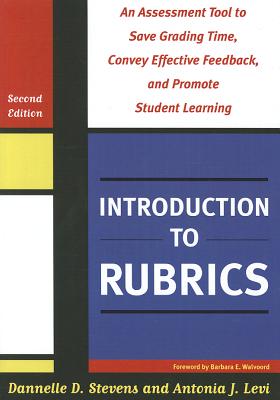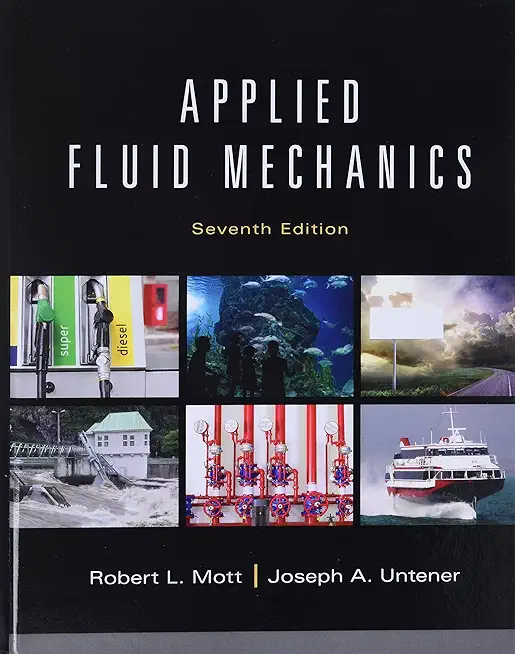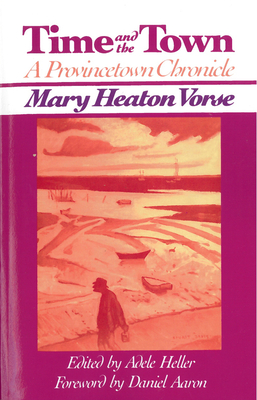
Stevens, Dannelle D.
product information
description
2" Anyone struggling with the new landscape of direct assessment of student learning demanded by accreditors and employers will find this new and expanded edition of Introduction to Rubrics to be exactly what they need. Based upon their extensive experience, and drawing on a wide variety of examples of rubric use by faculty across institutions and disciplines, the authors clearly and insightfully present the value of rubrics, the process of developing rubrics and using them, and their usefulness for faculty, and for improving student learning. A 'must' read for anyone seriously interested in student learning enhancement."--Terrell Rhodes, Vice President for the Office of Quality, Curriculum and Assessment
A rubric, the authors emphasize, is a tool. And their book itself is a wonderful tool for exploring how to use rubrics as tools. For a long time, I have been recommending the first edition to faculty in workshops I lead. I can recommend this second edition with even greater enthusiasm, because it does so much more, and does it so intelligently.The authors offer advice about all the surrounding situations and problems that may accompany rubrics: how to get students involved in rubrics, how to use rubrics with TA's, how to collaborate with other faculty in constructing common rubrics, and how to use rubrics that someone else has constructed. The book focuses on rubrics but offers a great deal of advice about good teaching, good collaboration, and good assessment. In short, this book is a great tool.-- From the Foreword by Barbara E. Walvoord, Professor Emerita, University of Notre Dame, and author of Effective Grading
This new edition retains the appeal, clarity and practicality that made the first so successful, and continues to provide a fundamental introduction to the principles and purposes of rubrics, with guidance on how to construct them, use them to align course content to learning outcomes, and apply them in a wide variety of co
A rubric, the authors emphasize, is a tool. And their book itself is a wonderful tool for exploring how to use rubrics as tools. For a long time, I have been recommending the first edition to faculty in workshops I lead. I can recommend this second edition with even greater enthusiasm, because it does so much more, and does it so intelligently.The authors offer advice about all the surrounding situations and problems that may accompany rubrics: how to get students involved in rubrics, how to use rubrics with TA's, how to collaborate with other faculty in constructing common rubrics, and how to use rubrics that someone else has constructed. The book focuses on rubrics but offers a great deal of advice about good teaching, good collaboration, and good assessment. In short, this book is a great tool.-- From the Foreword by Barbara E. Walvoord, Professor Emerita, University of Notre Dame, and author of Effective Grading
This new edition retains the appeal, clarity and practicality that made the first so successful, and continues to provide a fundamental introduction to the principles and purposes of rubrics, with guidance on how to construct them, use them to align course content to learning outcomes, and apply them in a wide variety of co
member goods
No member items were found under this heading.
listens & views

SING-A-LONG & LULLABIES FOR CURIOUS ...
by SING-A-LONG AND LULLABIES FOR CURIOUS GEORGE / OST
COMPACT DISCout of stock
$12.99
Return Policy
All sales are final
Shipping
No special shipping considerations available.
Shipping fees determined at checkout.






